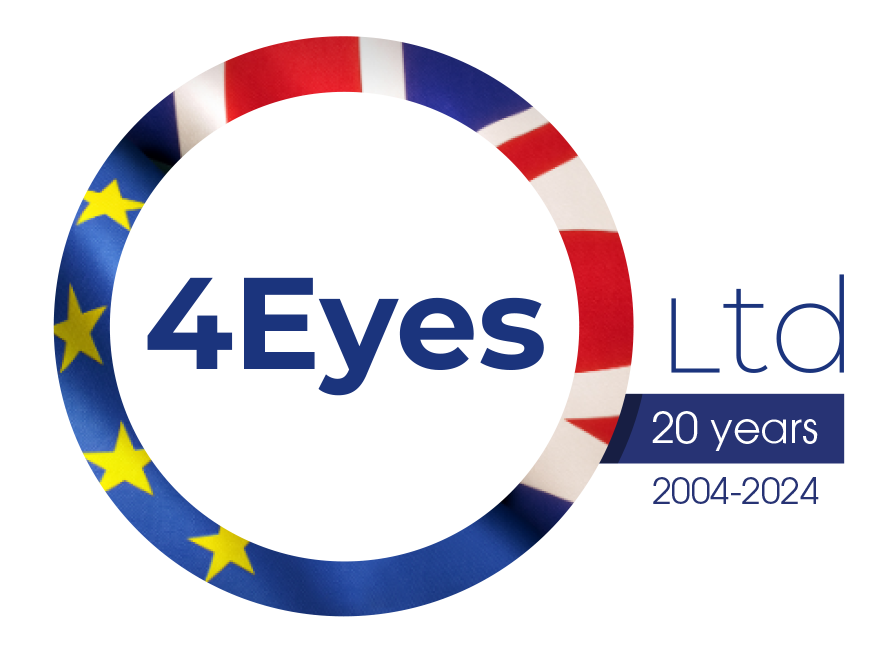EU Proposes Tougher Steel Import Regime
What It Means for UK Producers
On 7 October, the European Commission unveiled a new proposal under its Steel & Metals Action Plan to protect the EU’s steel sector from unfair global overcapacity. The proposal combines sharply reduced tariff-free import quotas, a doubling of duty on imports above quota, and a requirement that steel imports meet strict origin/tracing rules (“Melt & Pour”) to prevent circumvention. The new regime is expected to take effect in early 2026, once approved by the EU institutions.
What the Proposal Means in Practice
Tariff-free import volume into the EU would be limited to 18.3 million tonnes per year (down ~47 % from 2024 levels).
Imports above that quota would face a tariff duty of 50 % (up from around 25 % currently).
Traceability rules would be tightened to ensure that imported steel is genuinely produced where declared (i.e. avoiding mis-labelling, blending, or minimal processing to avoid tariffs).
UK Steel Industry Context
The UK is heavily exposed to EU steel trade: approximately 75 % of UK steel exports go into the EU, totalling about 2.4 million tonnes (worth roughly £3 billion). Domestic UK steel production is modest in scale, and the UK also relies significantly on imported steel to meet consumption.
Implications for UK Producers
UK firms may face greater difficulty obtaining favourable quota allocations; some export tonnage may incur the 50 % duty if quotas are exceeded.
Export competitiveness may weaken unless quotas or allocations are secured in line with historic trade flows.
There may be ripple effects on input costs, contract pricing, and investment decisions — particularly if duty or quota burdens become uncertain.
Diversification of export markets and close monitoring of EU policy developments will become more important.
What UK Producers Should Do Now
Model scenarios — assess how different quota outcomes (full access vs reduced access vs paying duty) affect margin, cost, investment viability.
Engage with trade authorities / government — to understand how quotas will be allocated, and to press for fair treatment for UK steel exports.
Review contracts and supply chains — to ensure pricing and delivery terms allow for potential duty/quota burdens, and to consider alternate markets if needed.
Monitor policy developments — including the final shape of the EU’s regulation, timing of adoption, and any transitional terms applying to the UK.
